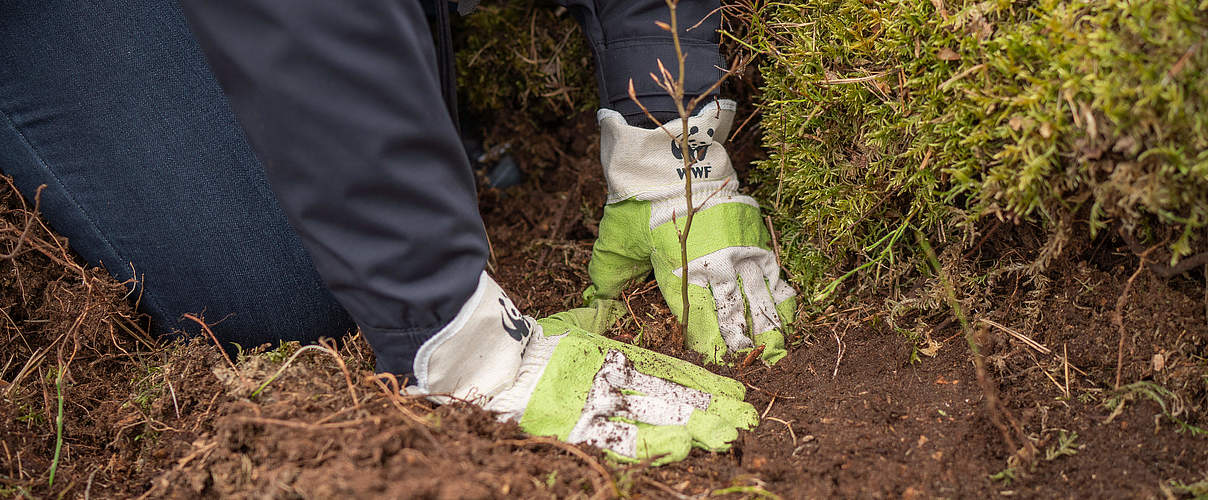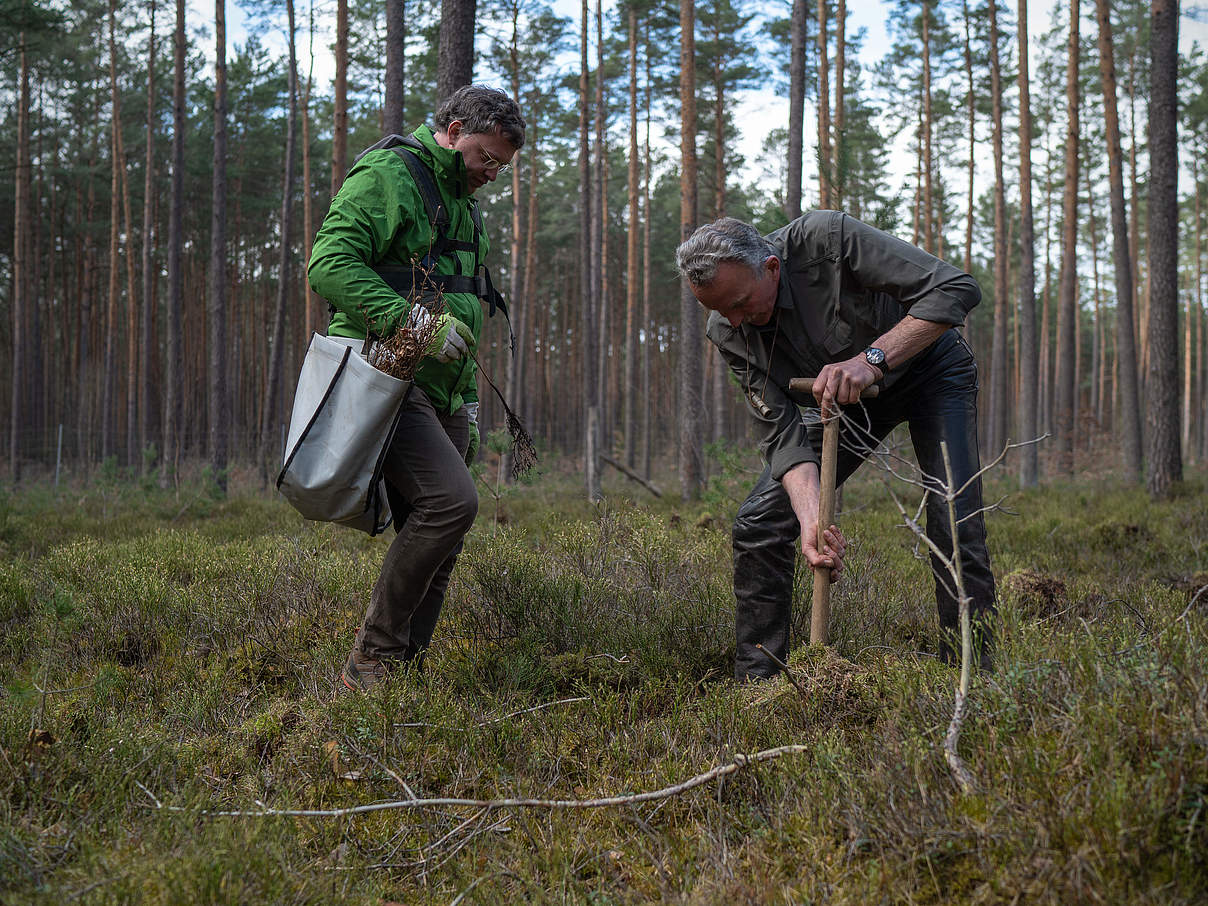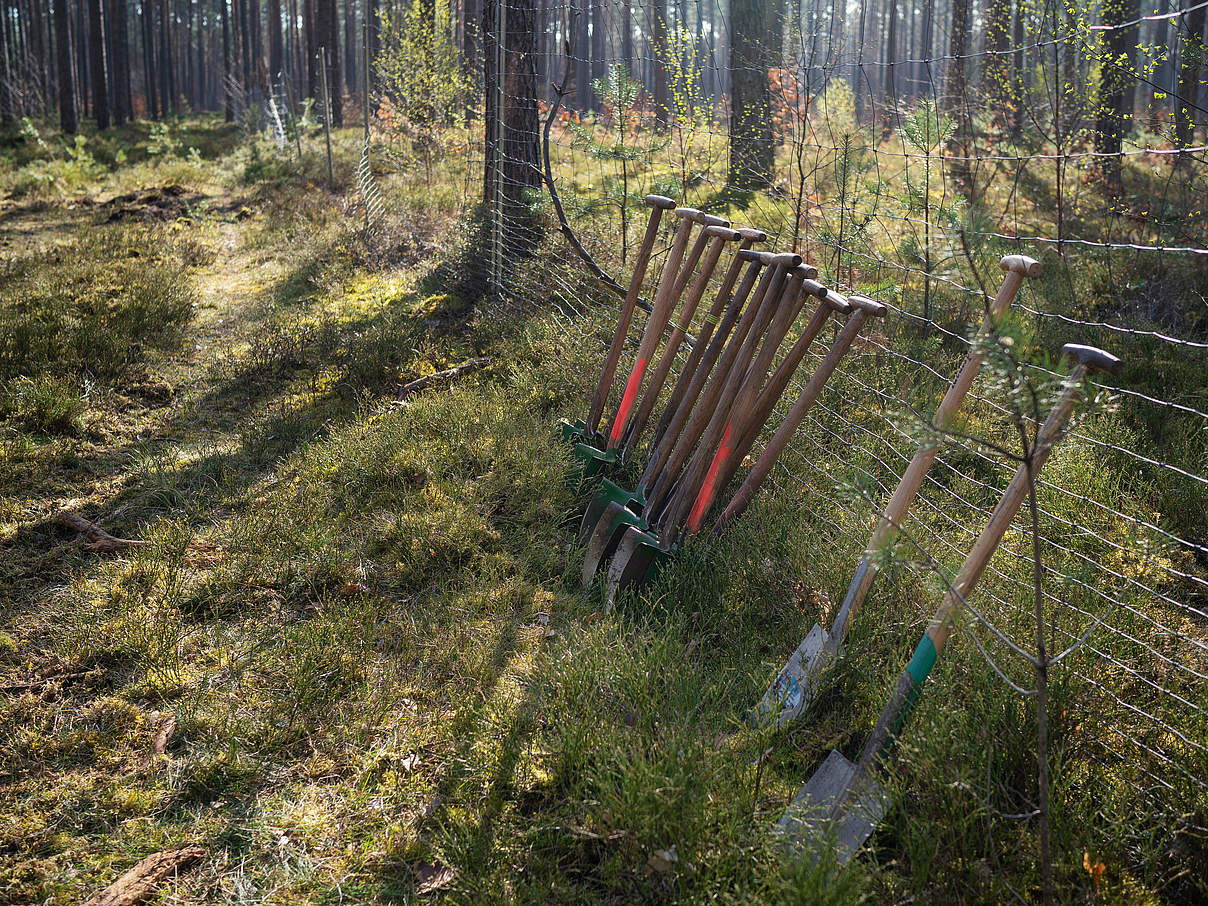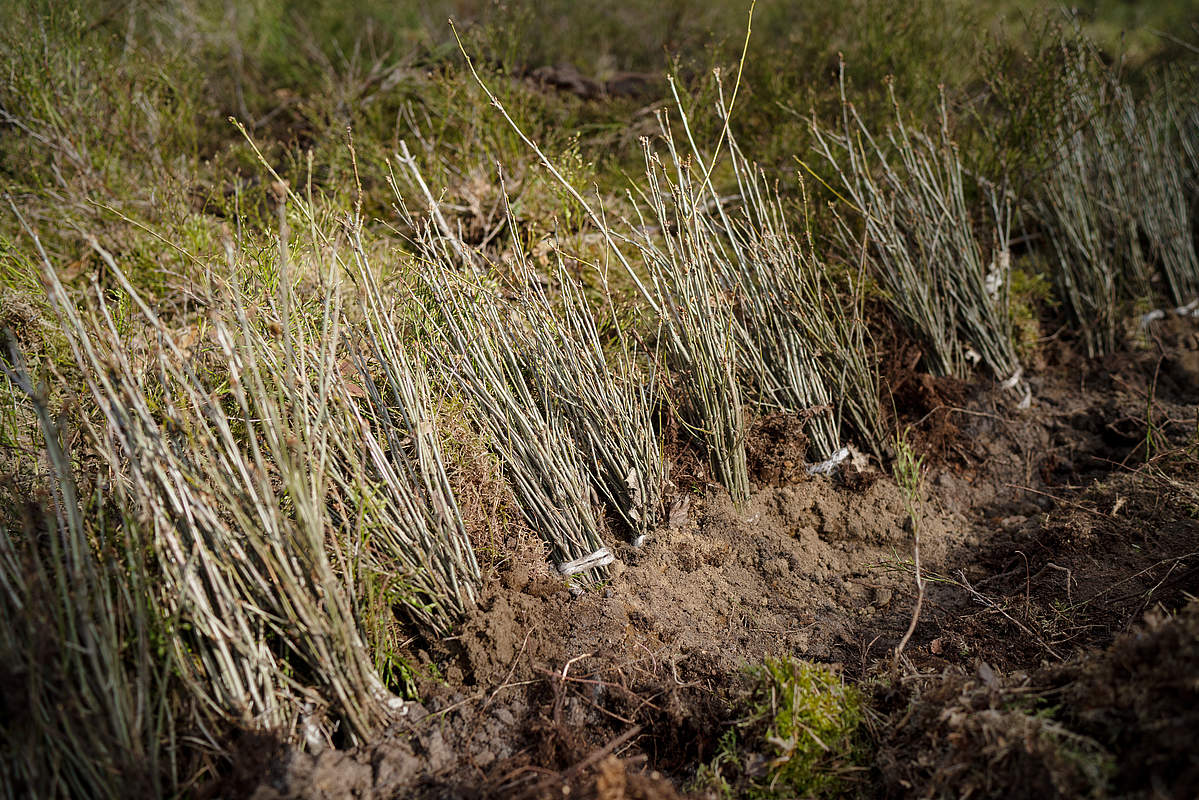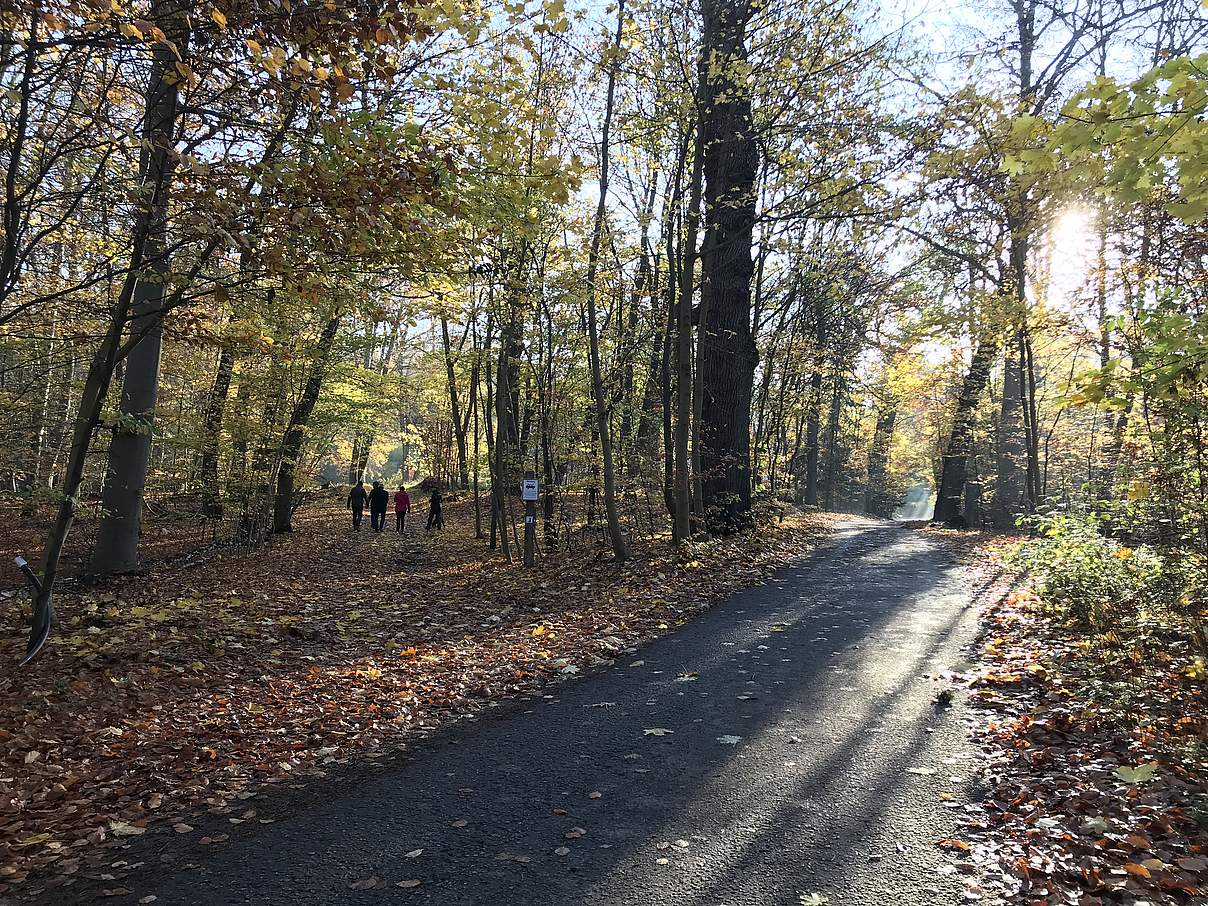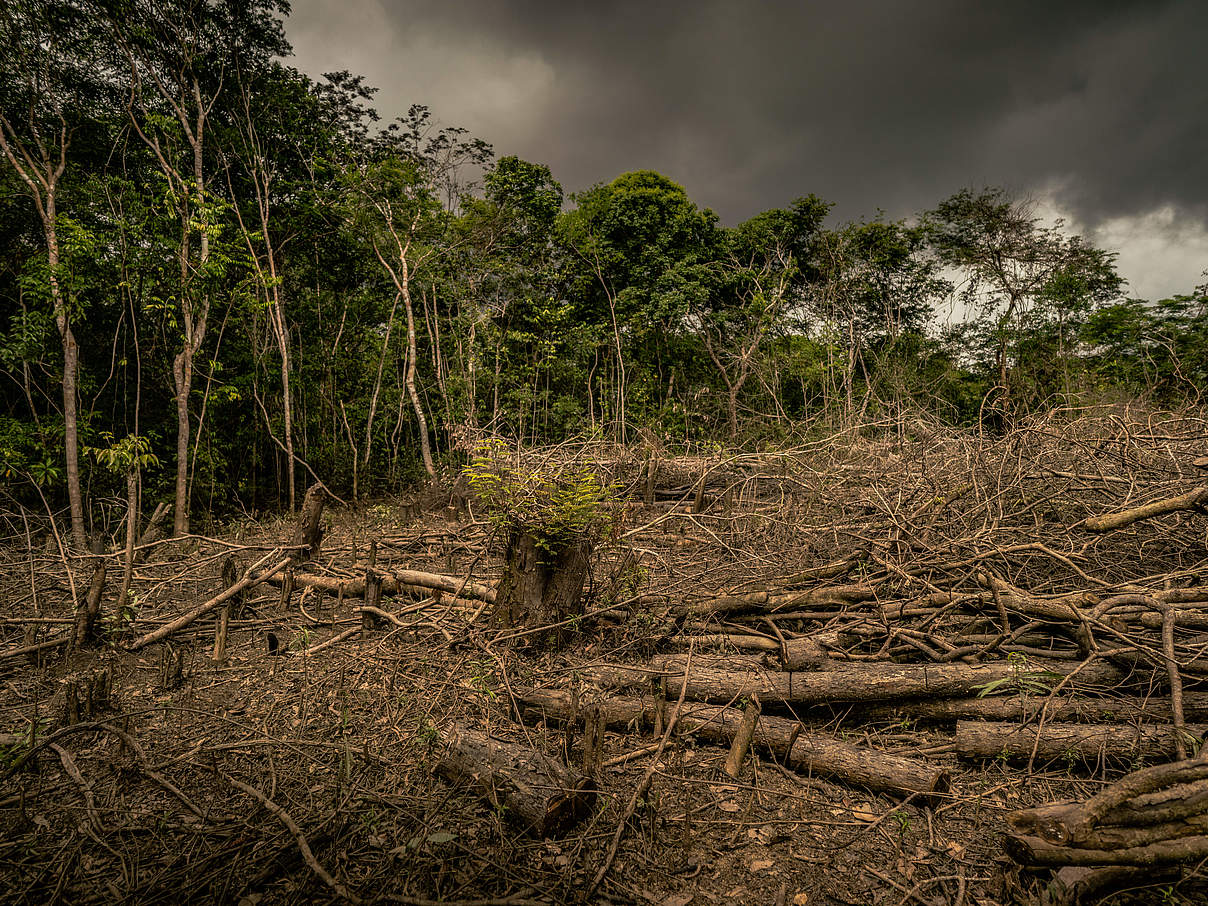It is true that all trees bind a lot of carbon dioxide (CO2) and convert it into biomass and oxygen. They are important for the regional climate by evaporating water and thus cooling in summer and protecting the forest floor from drying out, they increase water retention in the landscape and enrich humus in the soil - which also binds a lot of CO2.
They are also a habitat, food source and recreational area for animals, plants and humans. The ecosystem services provided by trees are therefore diverse and essential for a living planet. With all these positive characteristics of trees, the question of whether tree planting makes sense should be self-explanatory, right?
